20 Aug What should I plant in my garden?
“What should I plant in my garden?” It’s a garden design question that the Tapestry Design Studios team are often asked. Hopefully, this article will help.
Have you ever wandered up and down the isles in the garden centre wondering what to buy? How do you tell what plants will survive, let alone look good in your garden? Garden designers are trained to understand exactly what plants need in order to thrive. We also have an artist’s eye – so we can picture how plant combinations will work.
Here are some planting tips from head garden designer Katie Moyes
- Visit other gardens and take photographs of plants and planting combinations that you like
- Create a mood board with examples of plant shapes and colours that appeal to you – Pinterest is a great place to start
- Is there particular style of garden that appeals to you? Tropical jungle? Country cottage? Woodland? Formal?
- Think about all 12 months of the year – what will you plant to provide interest for each season?
- What are your favourite colour combinations? A palette of 3 colours looks great.
- Look for plants with interesting foliage as well as flowers
- Do you have green fingers? If you’re not sure, start with easy-maintenance plants
- Stuck for ideas? Ask a garden designer to help you choose plants that you will love and that will thrive in your garden.
What’s your style?
When it comes to our outdoor spaces, everybody’s personal style is different. Some of us want to be surrounded by lush greenery and entertained by birdsong and the humming of insects. Others prefer a more open aspect with just an occasional pop of colour.
There are an infinite number of plant species that will grow in this country and you can arrange them however you like. Sometimes the choice can seem overwhelming.
My advice is to visit as many gardens as you can and consider which elements, features and planting styles make you feel good. Where would you like to visit time and time again – and why? Are you drawn to big open spaces or do you prefer more intimate, private places? What about colours? Muted or bright? And textures? Dramatic and spiky or soft and gentle?
Take lots of pictures – you may want to identify the plants when you get home. Start a photo folder entitled “What should I plant in my garden”
If, like me, you feel at home in almost any type of garden, you have the very difficult decision of deciding what will work best for your property and your lifestyle. So consider the age of your property, what’s immediately around it, its proportions and the colour of the materials it’s made from.
The plant choices in this front garden were inspired by the work of Edwardian garden designers in order to match the character of the property and the street it sits on.
How much do you enjoy gardening?
I love getting my hands dirty and am never happier than when pruning, dead heading, weeding and watering. But if gardening is not your favourite pastime, you need to research plants and planting styles that are easy to care for.
Hardy perennial plants will grow back year after year (provided they have the right conditions). If you mulch them well, you’ll minimise the weeding too.
Our client wanted lots of texture and lots of wildlife interest but minimal maintenance on these hard to plant slopes.
We’ve used wildflower matting to give dense plant coverage, stabilise the soil and prevent annual weed seeds from germinating.
As for gardening – perennial wildflower areas like this only need cutting back once a year.
Choosing the right plants for your garden
There’s no sense whatsoever in trying to grow plants in the wrong conditions for them. So before you buy anything, take a close look at the label. Does this little beauty prefer sun or shade? Damp soil or dry? How big will it get? Could it outgrow the space you have in mind for it? Never be afraid to ask staff for advice, a good garden centre should have someone on hand who understands what individual plants need.
Arranging plants so that they look good together
There’s a skill to arranging plants so that they look good together. It’s a mix of horticultural knowledge and artistic vision. Start with a good planting plan and stick to it. Remember that many plant species will change their appearance according to the season.
If you want a good strong structure or a contemporary look and feel to your garden, choose evergreens. You can add colours and textures to suit your taste. Don’t dismiss grasses – they provide colour and movement all year round and are super-easy to look after.
Remember the rule of 3. It’s the garden designers’ mantra. 3 colours, 3 textures, 3 layers (trees, shrubs, herbaceous). A jumble of colour or texture creates sensory overload. You’ll appreciate the beauty of your garden much more if you keep the planting relatively simple.
Plant in groups of 3, 5, 7 or 9 plants – unless of course you are planting specimen trees or large shrubs.
These plants have been grouped so that they give bold swathes of colour and texture.
Not only is this easier on the eye than lots of separate plants, butterflies are more attracted to bigger areas of colour – they’re easier to spot from above
Planting inspiration
If you are confused and wondering “What should I plant in my garden?” you could pop down to the garden centre and fill your car with a random selection of plants. OR you could commission a trusted garden designer to help you create a planting plan. Of the two strategies, Plan B (the garden designer) is far more cost effective and reliable.
Take a look at our garden design packages. Starting at just £145, one of our experienced garden designers will meet with you in your own plot, get an understanding of your personal style and taste and suggest plants that will thrive in your garden AND look good when you need them to.
Find out more about garden design packages
You might find these articles helpful
Get the look – a modern take on the traditional cottage garden
How to use colour in your garden
Inspirational gardens to visit in Essex and Suffolk




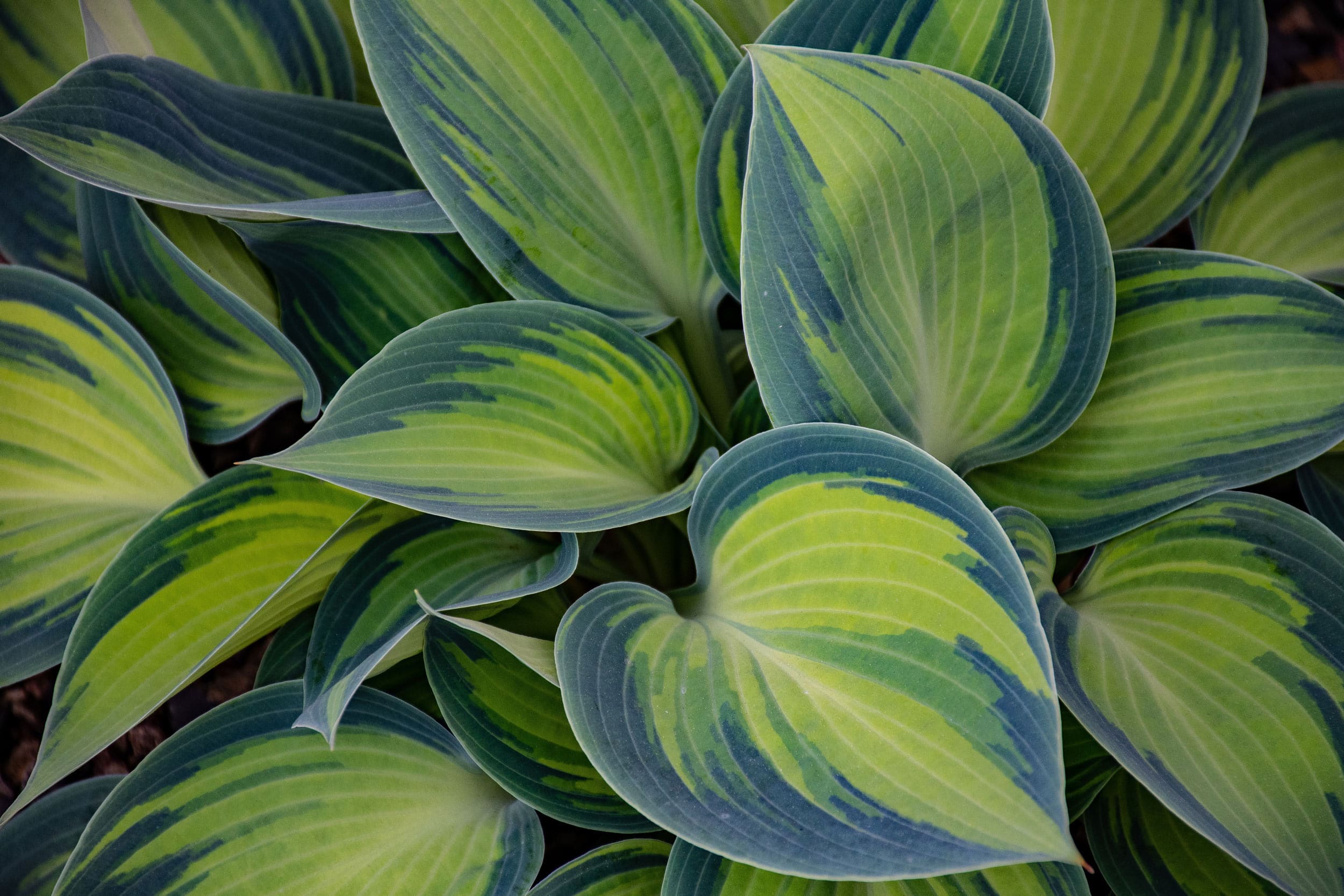
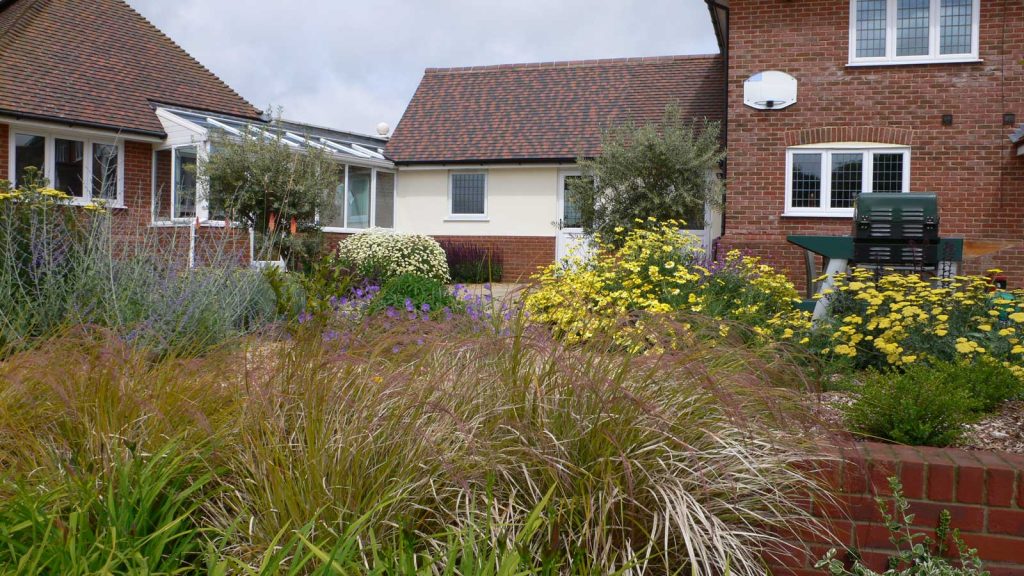
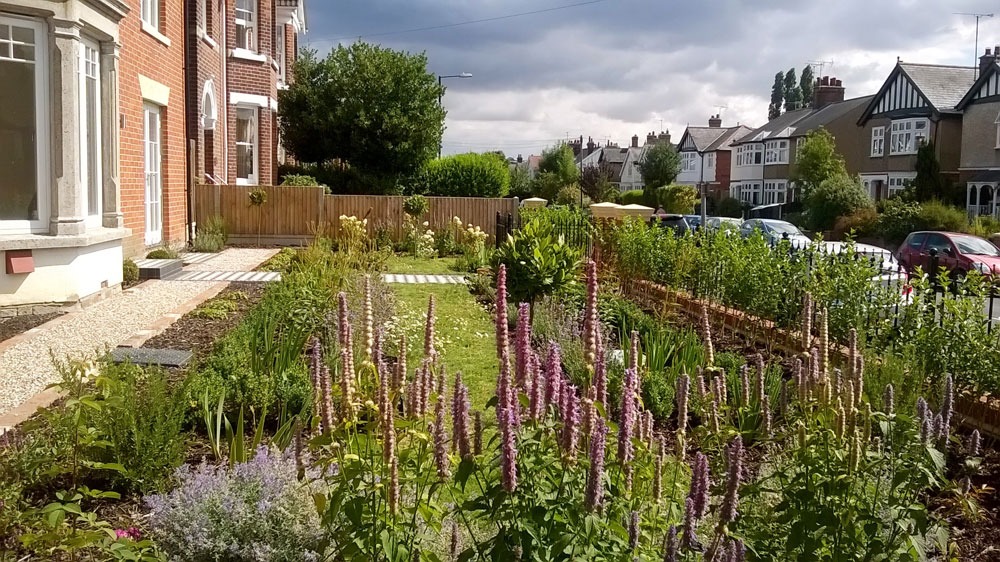
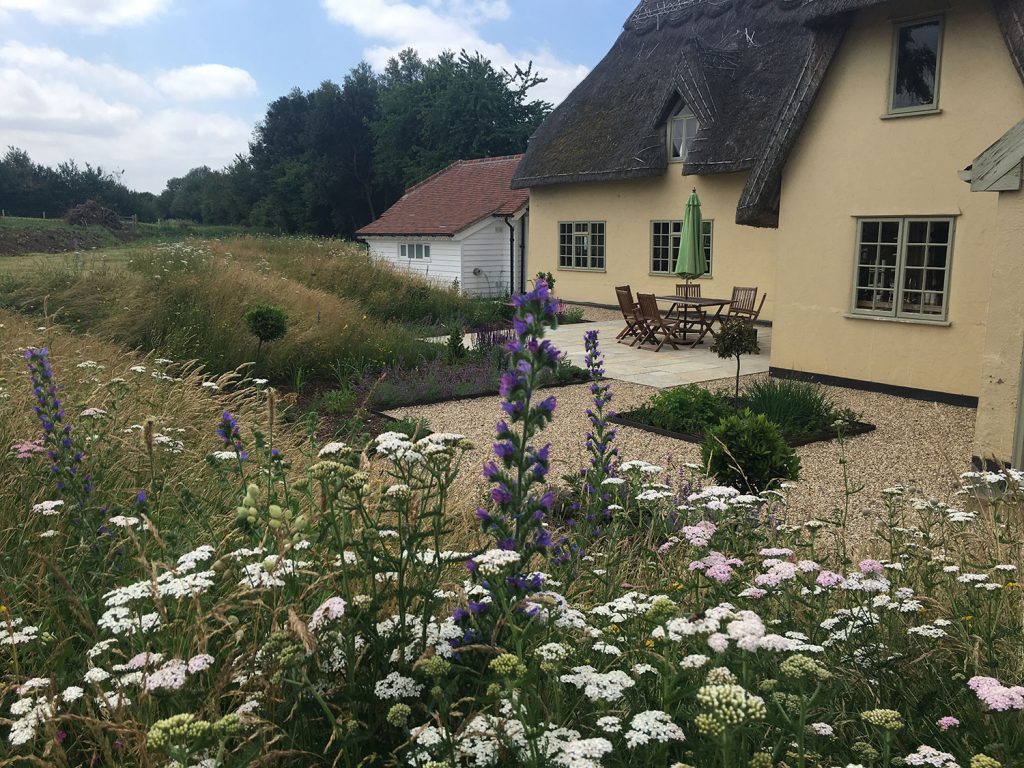
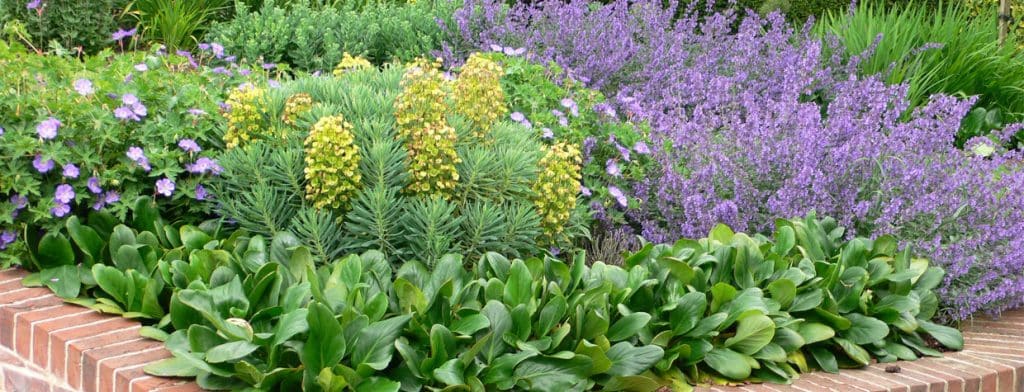
Sorry, the comment form is closed at this time.